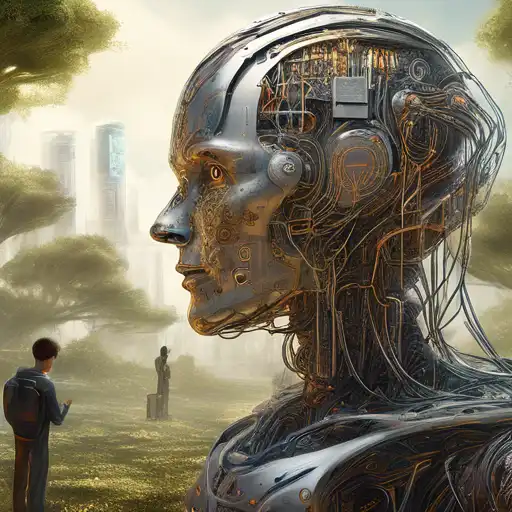Introduction to Natural Language Processing
Natural Language Processing (NLP) stands at the intersection of computer science, artificial intelligence, and linguistics. It enables machines to understand, interpret, and generate human language in a way that is both meaningful and useful. From virtual assistants to translation services, NLP is revolutionizing how we interact with technology.
How Machines Process Human Language
At its core, NLP involves several key steps: tokenization, part-of-speech tagging, named entity recognition, and sentiment analysis. These processes allow machines to break down and analyze the structure and meaning of text or speech. For a deeper dive into machine learning, check out our related articles.
The Role of Machine Learning in NLP
Machine learning algorithms play a pivotal role in NLP by enabling systems to learn from data. Supervised learning models are trained on annotated datasets to perform tasks like text classification, while unsupervised learning models can discover patterns and relationships in unlabeled data.
Applications of Natural Language Processing
NLP technologies are behind many everyday applications, including:
- Search engines that understand queries in natural language
- Email filters that detect spam or phishing attempts
- Chatbots and virtual assistants that provide customer support
- Translation tools that break down language barriers
Challenges in Natural Language Processing
Despite its advancements, NLP faces challenges such as understanding context, sarcasm, and idioms. Ambiguities in human language require sophisticated models that can grasp nuances and subtleties.
Future of Natural Language Processing
The future of NLP is promising, with ongoing research in areas like deep learning and neural networks pushing the boundaries of what machines can understand. Innovations in artificial intelligence are expected to further enhance NLP capabilities, making interactions with machines even more seamless.
Conclusion
Natural Language Processing is a fascinating field that bridges human communication and machine understanding. As technology evolves, so too will the ability of machines to comprehend and interact with us in increasingly human-like ways. The potential applications are limitless, promising a future where technology understands us better than ever before.
